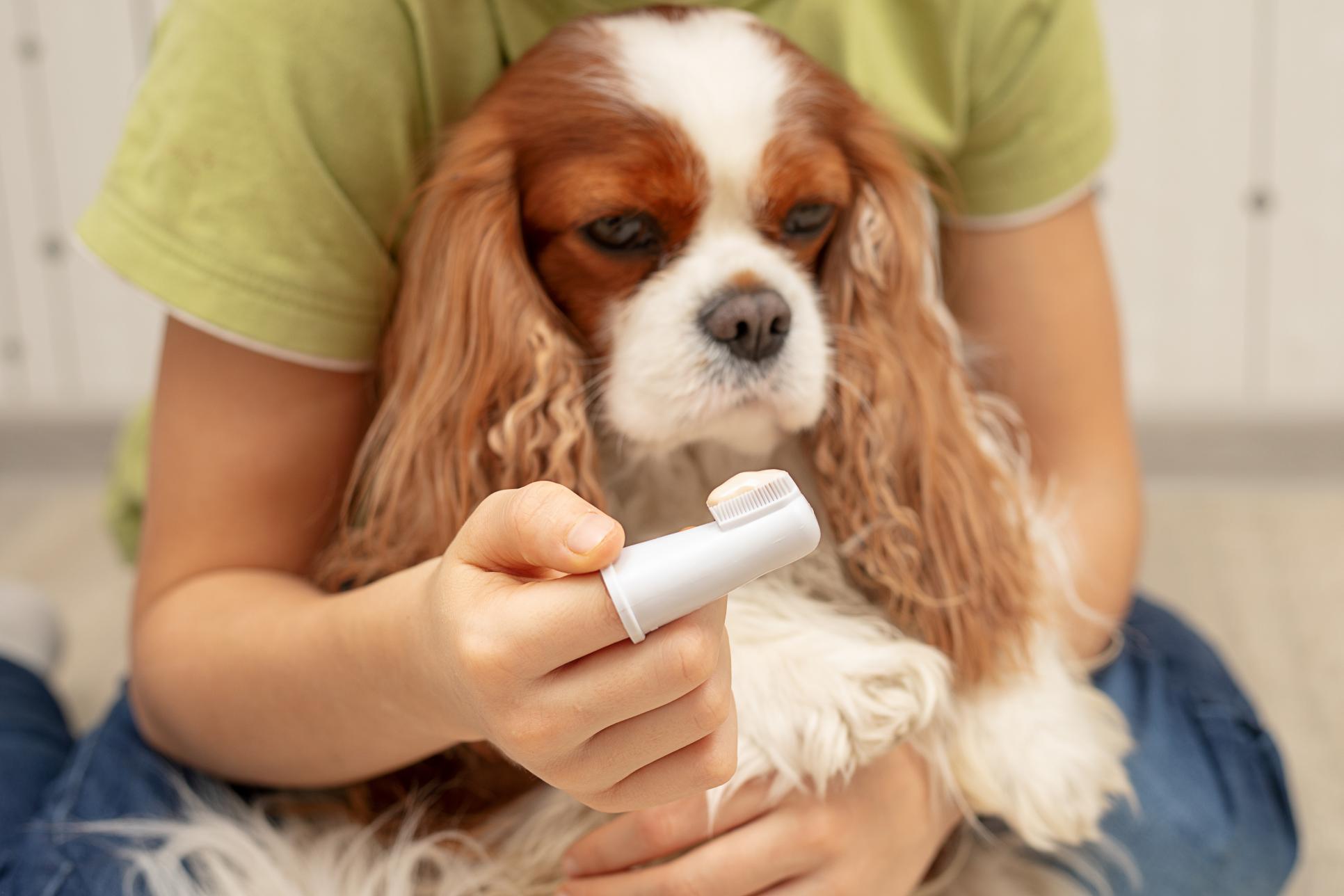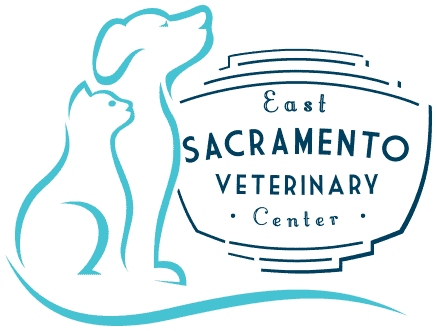Signs of Dental Problems in Pets: What to Watch For

Our pets need routine veterinary dental examinations to protect their pearly whites from the dangers of dental conditions like periodontal (gum) disease, gingivitis, oral neoplasia, and ulcerative stomatitis. These problems impact 7 out of 10 cats and 8 out of 10 dogs by the time they reach age 3.
Most of these problems are preventable with appropriate dental care and intervention as quickly as possible when signs of dental disease are spotted.
At East Sacramento Veterinary Center, we take dental issues in pets seriously. Not only are dental diseases painful, but they can also spiral quickly into serious infections in the major organs of the body.
Keep reading for important information about recognizing dental problems in pets.
5 Pet Oral Health Warning Signs
Many pet dental problems develop slowly and tend to be more common in older pets. Because of the gradual progression often accompanied with advancing age, dental symptoms in animals can be subtle at first and misinterpreted as just part of the aging process. Be on the lookout for these five major pet oral health warning signs:
- Chronically bad breath. Kitty’s breath might not smell like roses after she eats tuna, but it shouldn’t smell “foul” on a regular basis. Bad pet breath is a strong sign of tooth decay and gum disease. It can also be caused by ulcerative stomatitis, a painful, inflammatory condition of the mouth.
- Obvious outward signs. Bleeding gums, lumps or bumps in the mouth, missing teeth, swollen gums, and brownish teeth are all tell-tale signs of dental disease.
- Trouble eating. Does your pet have trouble keeping food inside the mouth? When a pet seems reluctant to dig in, or the food just tumbles right back out, that’s a sign that your pet’s mouth is sensitive.
- Overly pawing at the mouth. Pets that persistently paw at the mouth or face, or rub their mouth and face on places like the floor, may be feeling the impact of oral health problems.
- Lack of grooming. When a pet’s mouth hurts, they can’t properly groom themselves. This is particularly noticeable in cats, since they spend almost 15% of their time grooming.
Protect Your Pet’s Smile With a Pet Dental Check-Up
When it comes to protecting our pets from oral health problems, prevention is key. We will examine your pet’s mouth at every wellness visit and make a recommendation regarding when your pet should have a veterinary dental examination under general anesthesia. A thorough pet dental check-up includes cleaning and scaling the teeth, digital dental X-rays, and performing extractions if necessary.
Our team at East Sacramento Veterinary Center is here to help you keep your pet’s mouth healthy and feeling fresh! Please contact us to schedule a veterinary dental examination.
